Golden Retrievers are among America’s most cherished canine companions, consistently ranking in the top three most popular dog breeds according to the American Kennel Club. These magnificent dogs, with their gentle temperament, remarkable intelligence, and unwavering loyalty, become integral family members who share our lives for an average of 10-12 years. As these beloved companions transition from their vibrant adult years into their golden senior phase, recognizing the subtle yet significant signs of aging becomes paramount for maintaining their quality of life and ensuring they receive the specialized care they deserve.
Understanding the aging process in Golden Retrievers isn’t merely about acknowledging the passage of time—it’s about becoming an advocate for your dog’s evolving needs. The transition into senior years typically begins between 6 to 8 years of age, though individual variations exist based on genetics, lifestyle factors, overall health history, and environmental conditions. Unlike humans, who age gradually over decades, dogs experience accelerated aging, making early detection and proactive intervention crucial for successful long-term care management.
The importance of early recognition cannot be overstated. Research from veterinary institutions across the United States indicates that dogs whose aging signs are identified and addressed early experience significantly better quality of life outcomes, reduced pain levels, and often extended lifespans. This comprehensive guide will equip you with the knowledge and tools necessary to become an expert observer of your Golden Retriever’s aging journey.
Understanding the Golden Retriever Aging Timeline
The Pre-Senior Phase (5-7 Years)
During this transitional period, Golden Retrievers may begin showing the most subtle signs of aging. Many owners dismiss these early indicators as temporary changes or normal variations in behavior. However, this phase represents a critical window for intervention and lifestyle adjustments.
Case Study: Max’s Early Warning Signs
Max, a 6-year-old Golden Retriever from suburban Denver, began showing decreased enthusiasm for his morning 3-mile runs. His owner, Sarah, initially attributed this to seasonal changes or temporary fatigue. However, when she documented Max’s behavior over a month, she noticed he consistently chose shorter routes and required more rest stops. This early recognition led to dietary adjustments and joint supplements that significantly improved Max’s comfort and activity levels.
The Early Senior Phase (7-9 Years)
This stage typically presents more noticeable changes that become apparent to attentive owners. The key is distinguishing between normal aging processes and potential health concerns requiring veterinary intervention.
The Advanced Senior Phase (9+ Years)
Golden Retrievers entering this phase require comprehensive care strategies and often benefit from specialized senior dog management approaches.
Comprehensive Physical Signs of Aging
Detailed Coat and Skin Analysis
The Golden Retriever’s signature coat serves as one of the most reliable indicators of aging progression. Their double-coat system, consisting of a water-repellent outer layer and insulating undercoat, undergoes significant changes as dogs age.
Early Coat Changes (6-8 Years):
- Subtle reduction in coat density, particularly noticeable during grooming sessions
- Slight decrease in natural oil production, leading to reduced shine
- First appearance of gray or white hairs, typically around the muzzle area
- Increased sensitivity to weather conditions
Progressive Coat Changes (8-10 Years):
- More pronounced graying, extending from muzzle to forehead and around the eyes
- Noticeable thinning, especially on the chest, legs, and tail
- Slower regrowth after seasonal shedding cycles
- Increased matting tendency due to changes in hair texture
Advanced Coat Changes (10+ Years):
- Significant color changes, with some dogs developing predominantly gray faces
- Marked thinning that may reveal underlying skin
- Brittle or dry hair texture requiring specialized grooming products
- Seasonal coat changes becoming less pronounced
Skin Health Indicators:
The skin beneath the coat provides equally important aging information. Healthy senior Golden Retriever skin should maintain elasticity and normal pigmentation. Warning signs include:
- Decreased elasticity (skin takes longer to return to normal position when gently lifted)
- Development of age spots or pigmentation changes
- Increased susceptibility to minor cuts and slower healing
- Dry or flaky skin despite adequate nutrition
- Formation of benign fatty tumors (lipomas) common in senior Golden Retrievers
Comprehensive Mobility Assessment
Golden Retrievers were originally bred as working dogs, designed for active retrieval work in challenging terrain. Their natural athleticism makes mobility changes particularly noticeable and significant.
Joint Health Evaluation:
Understanding normal joint function helps identify early arthritis or other musculoskeletal issues:
Hip Assessment: Golden Retrievers are genetically predisposed to hip dysplasia. Early signs include:
- Bunny hopping gait when running
- Difficulty rising from lying position
- Reluctance to climb stairs
- Decreased jumping ability
- Subtle changes in sitting position (sitting to one side)
Shoulder and Elbow Evaluation: Front limb issues may manifest as:
- Shortened stride length during walks
- Reluctance to extend front legs fully
- Difficulty navigating uneven terrain
- Changes in play behavior involving front limb use
Spine and Back Health: Spinal issues often present as:
- Reluctance to look up or turn head quickly
- Changes in tail carriage
- Difficulty with sudden direction changes
- Sensitivity to back touching or petting
Real-World Mobility Tracking Example:
Consider implementing a weekly mobility journal. Document your dog’s performance on standardized activities:
- Time required to climb 10 stairs
- Distance walked before showing fatigue
- Ease of getting into vehicles
- Response time to “come” commands
- Enthusiasm level for favorite activities
Weight Management and Body Composition
Metabolism changes significantly as Golden Retrievers age, often leading to weight-related challenges that compound other aging issues.
Understanding Metabolic Changes:
Senior Golden Retrievers typically experience:
- 20-30% reduction in metabolic rate
- Decreased muscle mass (sarcopenia)
- Increased fat deposition, particularly around the abdomen
- Changes in appetite regulation
- Reduced caloric needs despite maintained appetite
Body Condition Scoring for Seniors:
Use this detailed assessment system:
Score 1-3 (Underweight):
- Ribs, spine, and hip bones easily visible
- No discernible fat covering
- Obvious waist tuck when viewed from above
- Action Required: Veterinary evaluation for underlying health issues
Score 4-5 (Ideal):
- Ribs easily felt with light pressure
- Visible waist when viewed from above
- Abdominal tuck visible from the side
- Maintenance: Continue current diet and exercise routine
Score 6-7 (Overweight):
- Ribs difficult to feel due to fat covering
- Waist barely discernible
- Slight abdominal tuck
- Intervention Needed: Reduce calories by 10-15%
Score 8-9 (Obese):
- Ribs not palpable under heavy fat covering
- No waist visible
- No abdominal tuck; may appear distended
- Immediate Action: Veterinary-supervised weight loss program
Advanced Behavioral and Cognitive Assessment
Sleep Pattern Analysis
Sleep changes in senior Golden Retrievers often precede other noticeable aging signs. Understanding normal versus concerning sleep modifications helps owners respond appropriately.
Normal Senior Sleep Changes:
- Increased total daily sleep (16-18 hours versus 12-14 in younger dogs)
- More frequent but shorter sleep cycles
- Preference for warmer, softer sleeping surfaces
- Occasional nighttime restlessness
Concerning Sleep Changes Requiring Evaluation:
- Sudden insomnia or inability to settle
- Excessive daytime sleeping with nighttime wakefulness
- Disorientation upon waking
- Vocalization during sleep (may indicate pain or cognitive issues)
Creating a Sleep Assessment Log:
Track these elements weekly:
- Total estimated sleep hours
- Number of position changes during rest
- Preferred sleeping locations
- Signs of comfort or discomfort
- Reaction to being awakened
Social Behavior Evolution
Golden Retrievers are inherently social dogs, making behavioral changes particularly significant for this breed.
Typical Social Aging Patterns:
- Gradual reduction in play initiation
- Increased selectivity in social interactions
- Preference for familiar people and environments
- Decreased tolerance for chaos or loud activities
- Increased seeking of human comfort and attention
Case Study: Bella’s Social Adaptation
Bella, an 8-year-old Golden Retriever from Portland, Oregon, gradually transitioned from being the life of every dog park visit to preferring quieter, one-on-one interactions. Her owner, Mike, initially worried about antisocial behavior. However, after consultation with a veterinary behaviorist, they learned this represented normal aging adaptation rather than a health concern. Mike adjusted Bella’s social schedule to include shorter, calmer interactions, resulting in improved happiness and reduced stress indicators.
Cognitive Function Monitoring
Canine cognitive dysfunction (CCD) affects approximately 28% of dogs aged 11-12 years and over 68% of dogs aged 15-16 years. Early detection allows for management strategies that can slow progression.
Early Cognitive Changes (7-9 Years):
- Occasional disorientation in familiar environments
- Slight delays in learning new routines
- Increased anxiety during changes in schedule
- Mild decrease in problem-solving abilities
Moderate Cognitive Changes (9-12 Years):
- More frequent confusion about daily routines
- Changes in interaction with family members
- Altered sleep-wake cycles
- Decreased responsiveness to training commands
Advanced Cognitive Changes (12+ Years):
- Significant disorientation, even in home environment
- Loss of house training despite physical capability
- Repetitive behaviors or vocalization
- Decreased recognition of familiar people
DISHAA Assessment Tool:
Use this acronym to evaluate cognitive function:
D – Disorientation: Gets lost in familiar places
I – Interaction changes: Altered social behavior
S – Sleep-wake cycle disruption: Restless nights, sleepy days
H – House soiling: Accidents despite normal physical function
A – Activity level changes: Increased or decreased activity
A – Anxiety: New fears or increased stress responses
Comprehensive Sensory System Evaluation
Vision Assessment Protocol
Vision changes in Golden Retrievers often occur gradually, making them challenging to detect without systematic observation.
Progressive Vision Loss Indicators:
Stage 1 – Subtle Changes:
- Hesitation in dim lighting
- Slightly slower navigation of familiar obstacles
- Occasional bumping into moved furniture
- Increased reliance on scent and hearing
Stage 2 – Moderate Changes:
- Clear difficulty in low-light conditions
- Reluctance to navigate stairs without encouragement
- Startled responses to sudden visual stimuli
- Increased clinginess to familiar people
Stage 3 – Significant Changes:
- Obvious visual impairment in normal lighting
- Bumping into stationary objects
- Complete reliance on other senses for navigation
- Anxiety in unfamiliar environments
Home Vision Testing:
Conduct these simple assessments monthly:
- Obstacle Course Test: Create a simple path with pillows or boxes. Time your dog’s navigation and note any contact with obstacles.
- Light Response Test: Observe pupil responses to flashlight in dimly lit room (avoid shining directly into eyes).
- Motion Detection Test: Drop a silent toy in your dog’s peripheral vision and note response time.
- Depth Perception Test: Observe confidence when approaching stairs or elevated surfaces.
Hearing Evaluation Strategies
Hearing loss in Golden Retrievers typically occurs gradually and may be mistaken for selective attention or stubbornness.
Progressive Hearing Loss Signs:
Early Stage:
- Slower response to name being called
- Decreased reaction to doorbell or phone
- Sleeping through previously awakening sounds
- Increased barking (may not hear own volume)
Moderate Stage:
- Only responding to very loud sounds
- Startled when touched while sleeping
- Difficulty locating sound sources
- Increased visual attention to environmental cues
Advanced Stage:
- No response to vocal commands
- Complete reliance on visual cues
- Loud, unmodulated barking
- Anxiety when unable to see family members
Home Hearing Assessment:
- Distance Response Test: Call your dog’s name from increasing distances while they’re not looking at you
- Sound Localization Test: Make noise behind or beside your dog and observe response
- Sleep Disturbance Test: Note what level of household noise wakes your dog
- Selective Frequency Test: Try different pitch levels (high whistles, low voices)
Environmental and Lifestyle Adaptation Strategies
Home Modification Guidelines
Creating a senior-friendly environment requires thoughtful modifications that support aging bodies while maintaining independence.
Flooring Considerations:
- Install non-slip rugs on smooth surfaces
- Provide traction strips on stairs
- Consider ramps for elevated areas
- Maintain consistent lighting levels
Sleeping Area Optimization:
- Provide orthopedic bedding with memory foam support
- Ensure easy access without jumping
- Maintain comfortable temperature (seniors are more temperature-sensitive)
- Consider multiple sleeping areas for convenience
Feeding Station Adjustments:
- Elevate food and water bowls to reduce neck strain
- Use non-slip mats under bowls
- Ensure adequate lighting for mealtime
- Consider multiple water stations throughout the house
Exercise Modification Protocols
Maintaining appropriate exercise levels becomes crucial for senior Golden Retriever health while avoiding overexertion or injury.
Low-Impact Exercise Options:
- Swimming: Excellent for joint health and cardiovascular fitness
- Leash walks on soft surfaces (grass, dirt trails)
- Mental stimulation games and puzzle toys
- Gentle stretching and range-of-motion exercises
Exercise Intensity Guidelines:
- Reduce exercise duration by 25-50% compared to adult years
- Increase frequency while decreasing intensity
- Allow longer recovery periods between activities
- Monitor for excessive panting or reluctance to continue
Weather Considerations:
Senior Golden Retrievers require additional protection from temperature extremes:
- Hot weather: Exercise during cooler morning/evening hours, provide cooling mats
- Cold weather: Consider protective clothing, limit exposure time
- Wet conditions: Ensure thorough drying to prevent skin issues
Nutritional Strategies for Aging Golden Retrievers
Senior-Specific Dietary Requirements
Aging Golden Retrievers have unique nutritional needs that differ significantly from their younger counterparts.
Protein Requirements:
- Maintain high-quality protein (22-25% of diet) to preserve muscle mass
- Choose easily digestible protein sources
- Consider supplements like fish oil for joint health
- Monitor kidney function with bloodwork
Fat Content Adjustments:
- Reduce total fat content to prevent weight gain
- Maintain omega-3 fatty acids for cognitive and joint health
- Choose medium-chain triglycerides for easier digestion
- Monitor for pancreatitis risk with high-fat foods
Carbohydrate Modifications:
- Select complex carbohydrates for steady energy
- Include fiber for digestive health
- Avoid simple sugars that can contribute to weight gain
- Consider prebiotics for gut health support
Supplement Integration
Strategic supplementation can significantly impact senior Golden Retriever health outcomes.
Joint Health Supplements:
- Glucosamine and chondroitin: 500-1000mg daily depending on weight
- MSM (methylsulfonylmethane): Anti-inflammatory properties
- Omega-3 fatty acids: EPA/DHA for joint and cognitive health
- Green-lipped mussel: Natural anti-inflammatory
Cognitive Support Supplements:
- Antioxidants (vitamin E, vitamin C): Combat free radical damage
- SAMe (S-adenosyl methionine): Support neurotransmitter function
- Medium-chain triglycerides: Brain fuel source
- Phosphatidylserine: Support cell membrane health
Veterinary Care Optimization for Senior Golden Retrievers
Establishing Senior Care Protocols
Transitioning to senior-focused veterinary care requires adjusting appointment frequency and diagnostic approaches.
Recommended Examination Schedule:
- Ages 7-9: Every 6 months
- Ages 9-12: Every 4 months
- Ages 12+: Every 3 months or as recommended
Essential Diagnostic Testing:
- Complete blood chemistry panel: Kidney, liver, and metabolic function
- Complete blood count: Check for anemia, infection, or blood disorders
- Thyroid function testing: Screen for hypothyroidism
- Urinalysis: Monitor kidney function and detect infections
- Blood pressure monitoring: Screen for hypertension
Preventive Health Measures
Dental Care Intensification:
Senior Golden Retrievers require enhanced dental care due to increased susceptibility to periodontal disease:
- Professional cleanings every 6-12 months
- Daily tooth brushing with enzymatic toothpaste
- Dental chews designed for senior dogs
- Regular oral examinations for lumps, bumps, or color changes
Parasite Prevention Adjustments:
Senior dogs may have compromised immune systems requiring modified parasite prevention:
- Year-round flea and tick prevention
- Regular heartworm testing and prevention
- Intestinal parasite screening every 6 months
- Environmental management to reduce exposure
Quality of Life Assessment and Management
Objective Quality of Life Measurement
Use this comprehensive scoring system to evaluate your Golden Retriever’s well-being:
Physical Comfort (1-10 scale):
- Pain level assessment
- Mobility and activity tolerance
- Appetite and eating comfort
- Sleep quality and duration
- Grooming and self-care ability
Emotional Well-being (1-10 scale):
- Interest in surroundings
- Responsiveness to family interaction
- Anxiety or stress indicators
- Enjoyment of favorite activities
- Social engagement level
Basic Needs Fulfillment (1-10 scale):
- Ability to eat and drink independently
- Bladder and bowel control
- Comfortable positioning and movement
- Environmental comfort
- Safety and security feelings
Scoring Interpretation:
- 8-10: Excellent quality of life
- 6-7: Good quality with minor concerns
- 4-5: Moderate concerns requiring intervention
- 1-3: Poor quality requiring immediate attention
Creating Long-term Care Plans
Financial Planning Considerations:
Senior dog care costs typically increase by 50-100% compared to adult maintenance costs. Consider:
- Pet insurance enrollment before senior years begin
- Dedicated savings account for medical expenses
- Emergency fund for unexpected health crises
- Budget for dietary supplements and specialized equipment
Care Team Assembly:
Build a comprehensive support network:
- Primary veterinarian familiar with Golden Retriever breed specifics
- Veterinary specialist access (orthopedic, ophthalmology, cardiology)
- Professional groomer experienced with senior dogs
- Pet sitter or dog walker for times when you’re unavailable
- Emergency veterinary hospital identification
Advanced Warning Signs Requiring Immediate Attention
Emergency Indicators
Certain symptoms in senior Golden Retrievers require immediate veterinary intervention:
Respiratory Distress:
- Labored breathing at rest
- Blue-tinged gums or tongue
- Excessive panting without heat or exercise
- Coughing that interrupts sleep
Neurological Symptoms:
- Sudden loss of coordination
- Seizures or convulsions
- Severe disorientation or confusion
- Inability to recognize family members
Cardiovascular Concerns:
- Collapse or fainting episodes
- Extreme lethargy or weakness
- Distended abdomen
- Pale or white gums
Gastrointestinal Emergencies:
- Persistent vomiting or diarrhea
- Inability to defecate despite straining
- Bloated or hard abdomen
- Loss of appetite for more than 24 hours
Subtle Signs Often Overlooked
Early Pain Indicators:
Golden Retrievers often hide pain effectively. Watch for:
- Subtle changes in facial expression
- Slight alterations in posture
- Decreased interaction with family
- Changes in breathing patterns
- Reluctance to be touched in specific areas
Cognitive Decline Red Flags:
- Getting lost in familiar yards or homes
- Staring blankly at walls or corners
- Dramatic personality changes
- Loss of house training in previously reliable dogs
- Excessive vocalization without apparent cause
The Golden Years: Embracing the Journey
Recognizing the first signs of aging in your Golden Retriever marks the beginning of a new chapter in your shared journey—one that can be filled with continued joy, comfort, and deep companionship when approached with knowledge, preparation, and love. The transition to senior years doesn’t signify an end but rather an evolution of your relationship with your beloved companion.
The key to successfully navigating this phase lies in understanding that aging is not a disease but a natural process that can be managed, supported, and even celebrated. Each gray hair that appears around your Golden Retriever’s muzzle tells the story of years filled with loyalty, love, and shared experiences. Every slower step represents countless miles walked together, and each quieter moment reflects a lifetime of energy generously given.
By becoming skilled at recognizing these early signs of aging, you position yourself as your dog’s best advocate and primary caregiver. Your attentiveness to subtle changes can mean the difference between merely managing decline and actively promoting continued vitality and happiness. The investment of time and attention you make in learning to read your Golden Retriever’s changing needs will be returned tenfold in extended quality time together.
Remember that many Golden Retrievers live vibrant, fulfilling lives well into their teens when their changing needs are recognized and addressed promptly. With proper care, attention to evolving requirements, and a commitment to adapting your approach as your dog ages, the senior years can indeed be golden—filled with peaceful contentment, continued bonding, and the deep satisfaction that comes from providing exemplary care to a faithful companion who has given you unconditional love throughout their life.
Your Golden Retriever’s aging journey is unique, and your role as their guardian becomes even more meaningful as they transition into their senior years. By staying vigilant, informed, and proactive, you ensure that every day of their golden years is truly golden, filled with comfort, dignity, and the unwavering love that defines the special bond between humans and their Golden Retriever companions.

Rafael Souza is a digital marketing strategist and lifelong dog enthusiast. Passionate about Golden Retrievers, he shares practical, research-based tips to help owners provide healthier and happier lives for their furry companions.

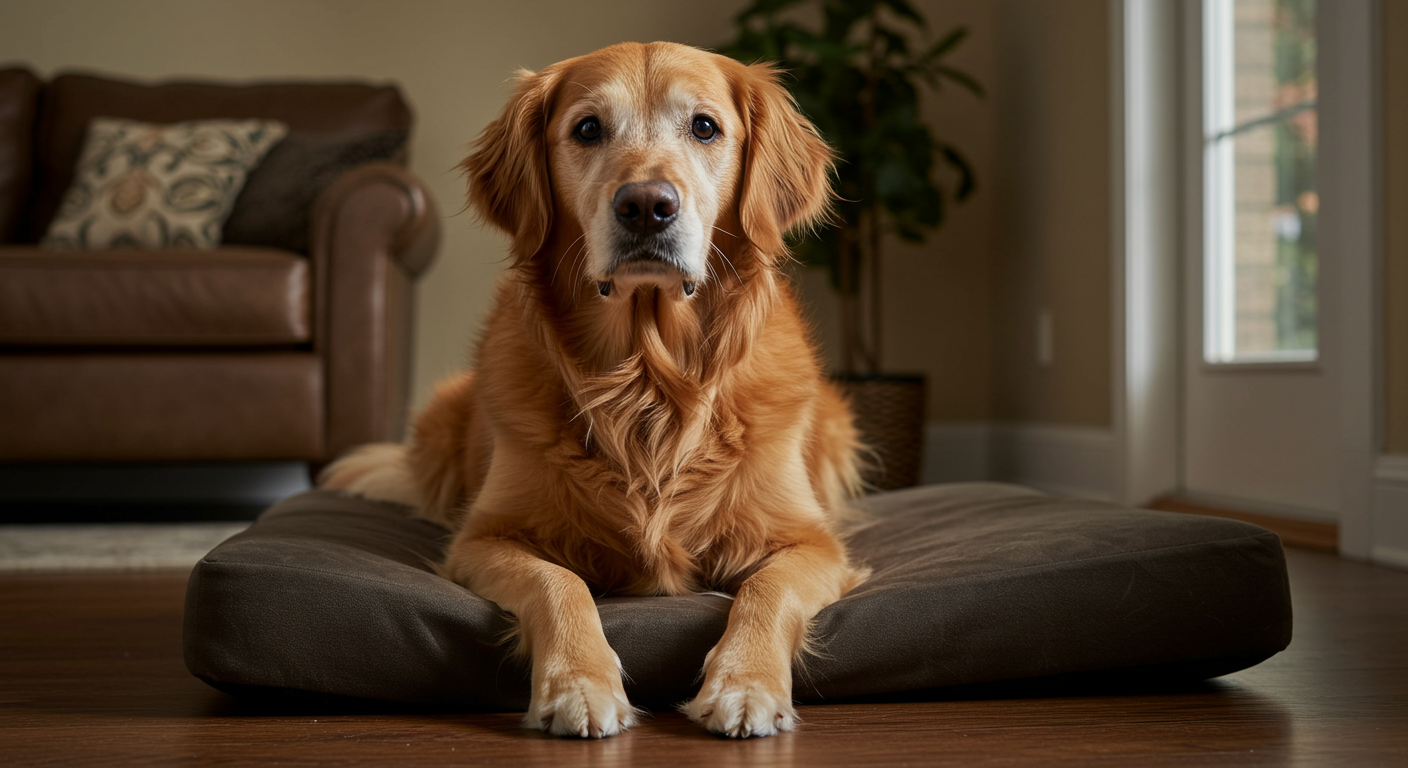
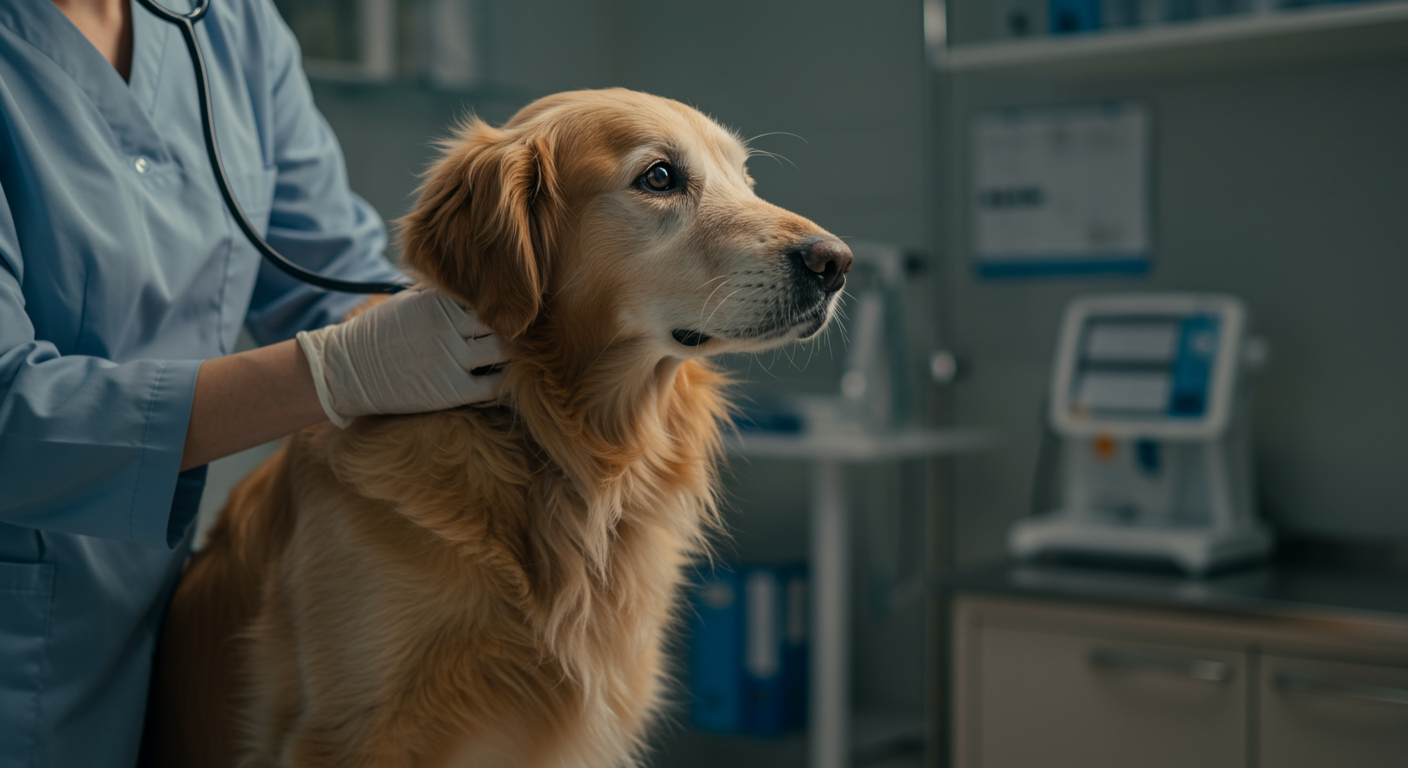
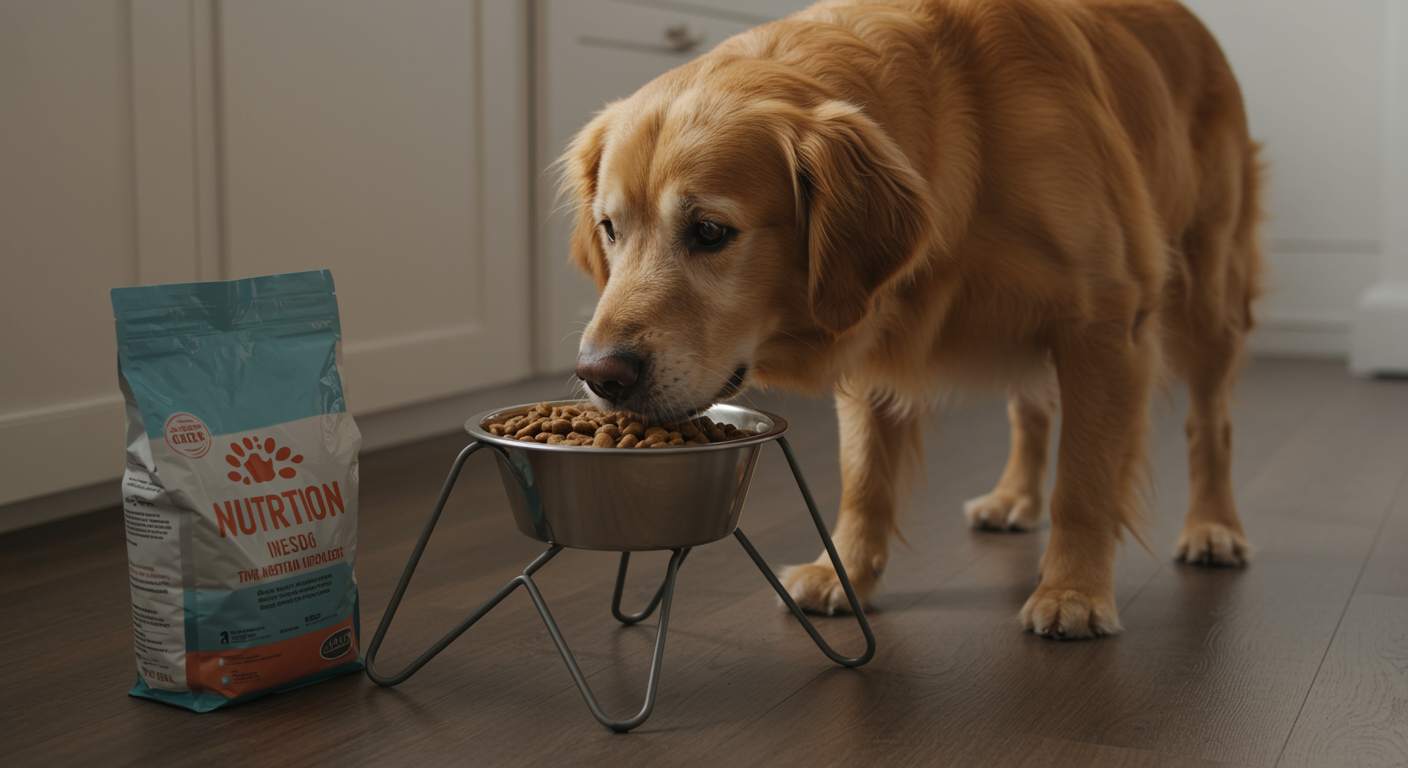
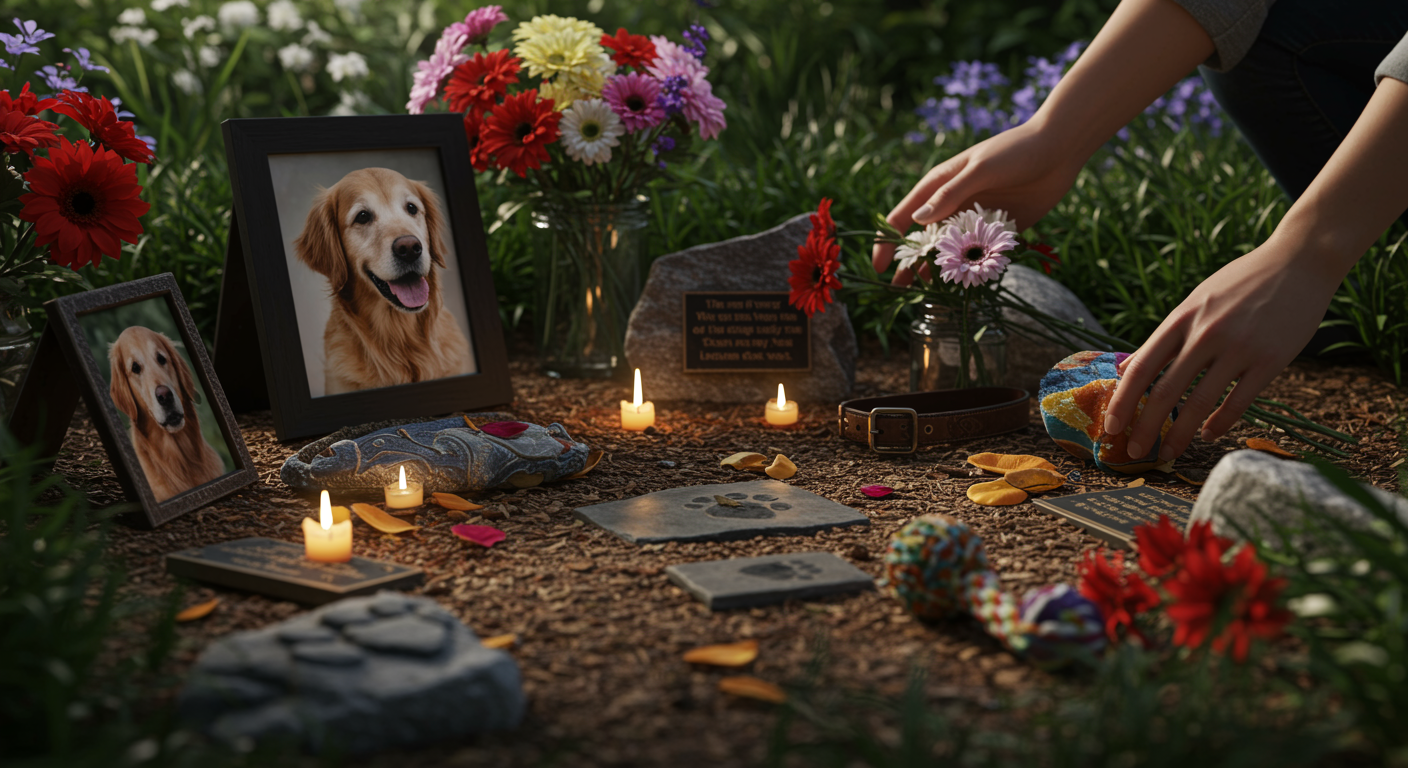
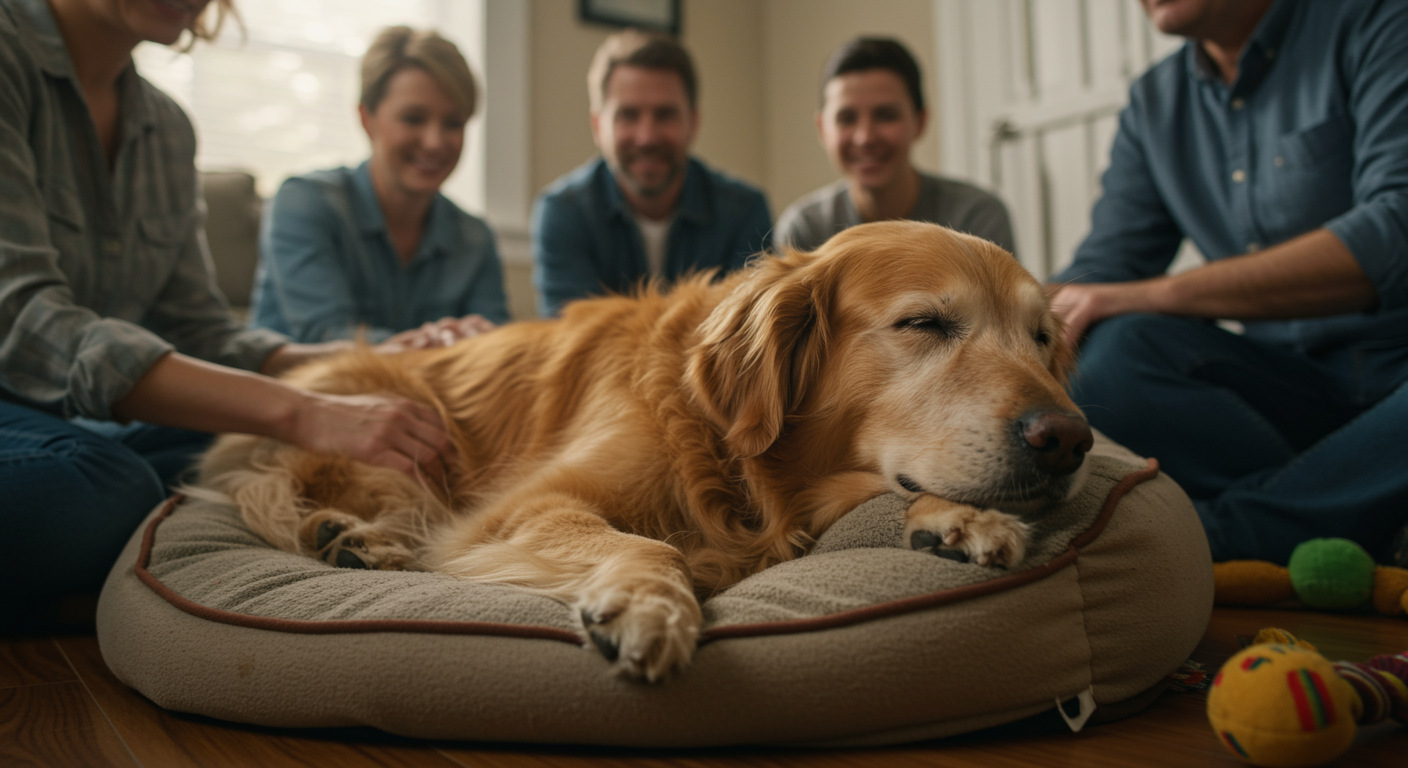
5 thoughts on “How to Identify the First Signs of Aging in Golden Retrievers”